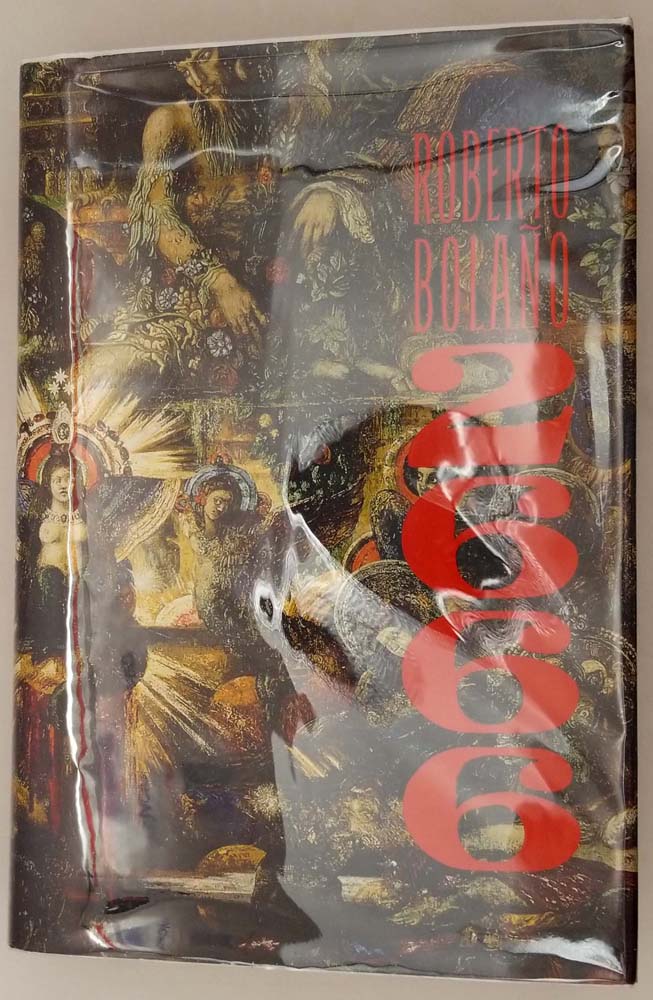

The title 2666 itself implies a date hundreds of years beyond the work’s (and our) own timeframe, wherein seemingly disparate stories will converge. And as Bolaño plunges towards the unknown in 2666 in much the same fashion as the above-invoked authors––Kafka, Melville, Dickens-he has Amalfitano talk about the artistic grappling in those great books, that struggle "against that something, that something that terrifies us all."

The New York Observer even deemed that toting around an advance copy of 2666 was like being spotted “driving an open-top Porsche.” In The New York Times review, author Jonathan Lethem notes that––unlike the abstract beauty attainable in art and music––"novels and stories…are helplessly built from the imperfect stuff: language, history, squalid human incident and dream." As a junkie, misfit poet, and tangential figure in literary circles for much of his life, Bolaño embraces and revels in such imperfection: the squalor that comprises the underbelly of human endeavor, the poverty that shadows economic growth, the destruction that accompanies creative acts, Bolaño packages such "squalid human incident" into his work. And for good reason, as it’s not often that a staggering ambitious work like The Savage Detectives (published in translation last year) is soon followed with a work nearly twice its length. And yet Amalfitano pauses to comment on the state of the novel, doubtless a mouthpiece for Bolaño’s own thoughts on the matter.įive years after his death, Bolaño has become a cause célèbre in the literary world. Caught up in his own thoughts, he also fails to realize that his only daughter faces the same horrific fate as other young female characters whose brutal murders are chronicled in clinical and chilling detail in the middle section of the book. Inexplicably he hangs an edition of Rafael Dieste’s Testamento geométrico out in his backyard, as if such mathematical proofs might erode out in the elements, as his sanity, similarly, slowly uncoils. What a sad paradox.even bookish pharmacists are afraid to take on the great, imperfect, torrential works, books that blaze paths into the unknown." Amalfitano himself is on the verge of plunging into that unknown. A Christmas Carol over A Tale of Two Cities or The Pickwick Papers.

Near the end of "The Part About Amalfitano"––the second of five sections that comprise Chilean author Roberto Bolaño’s massive last tome, 2666––expat professor Amalfitano laments the state of literature after encountering a young pharmacist: "He chose The Metamorphosis over The Trial, he chose Bartleby over Moby-Dick.


 0 kommentar(er)
0 kommentar(er)
